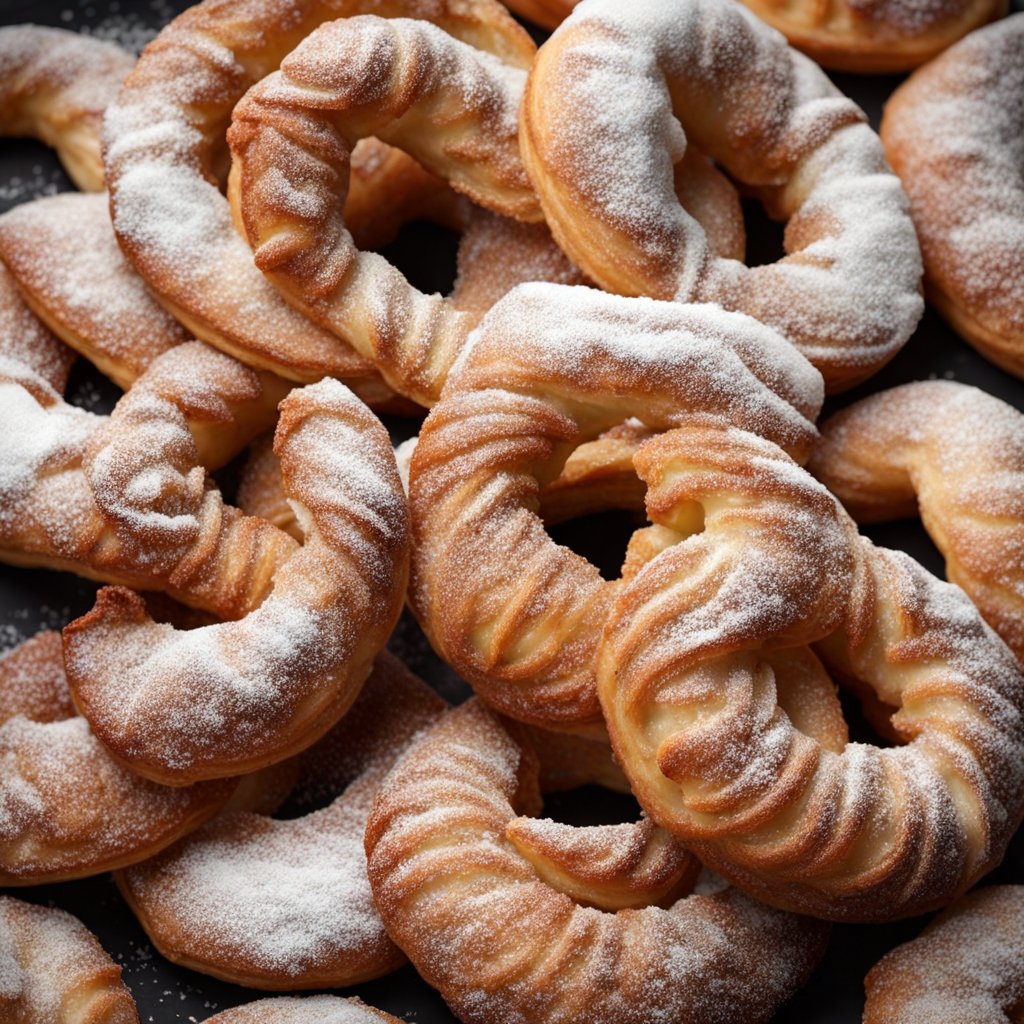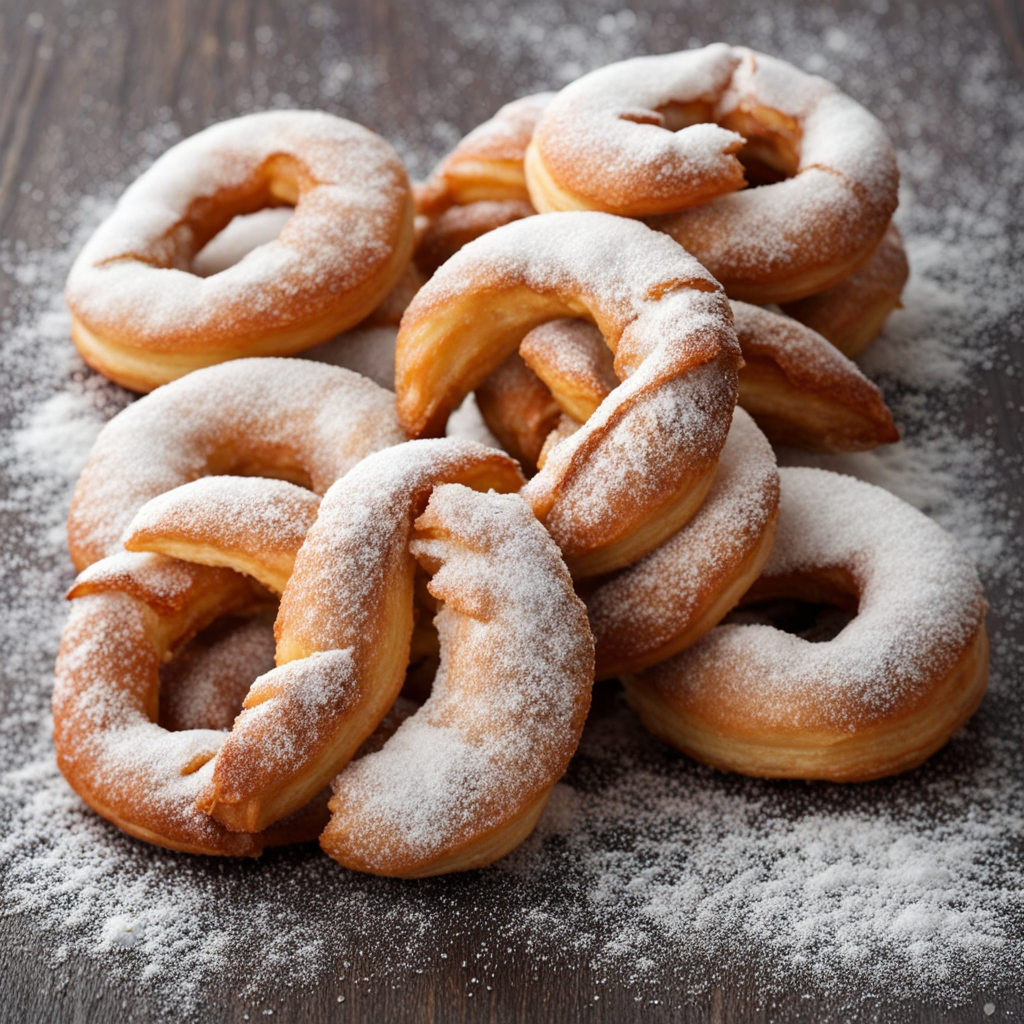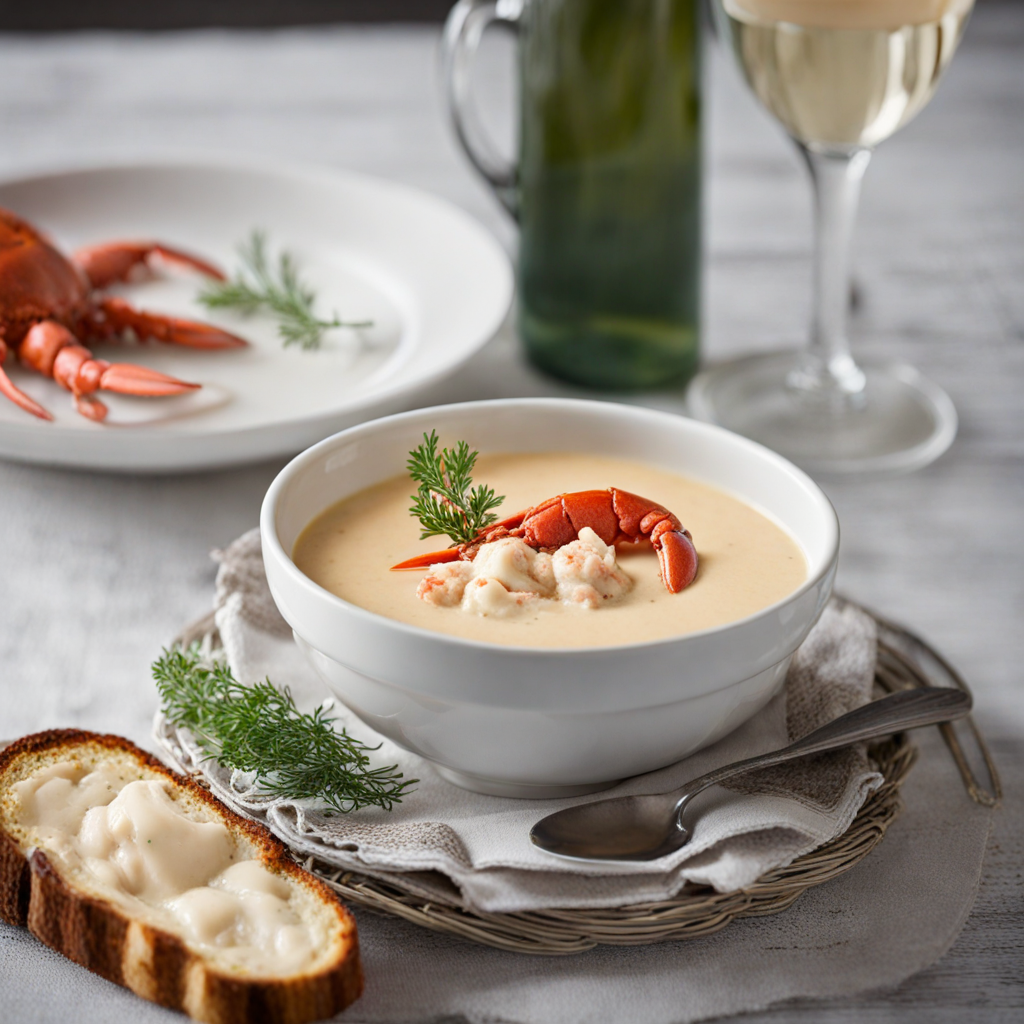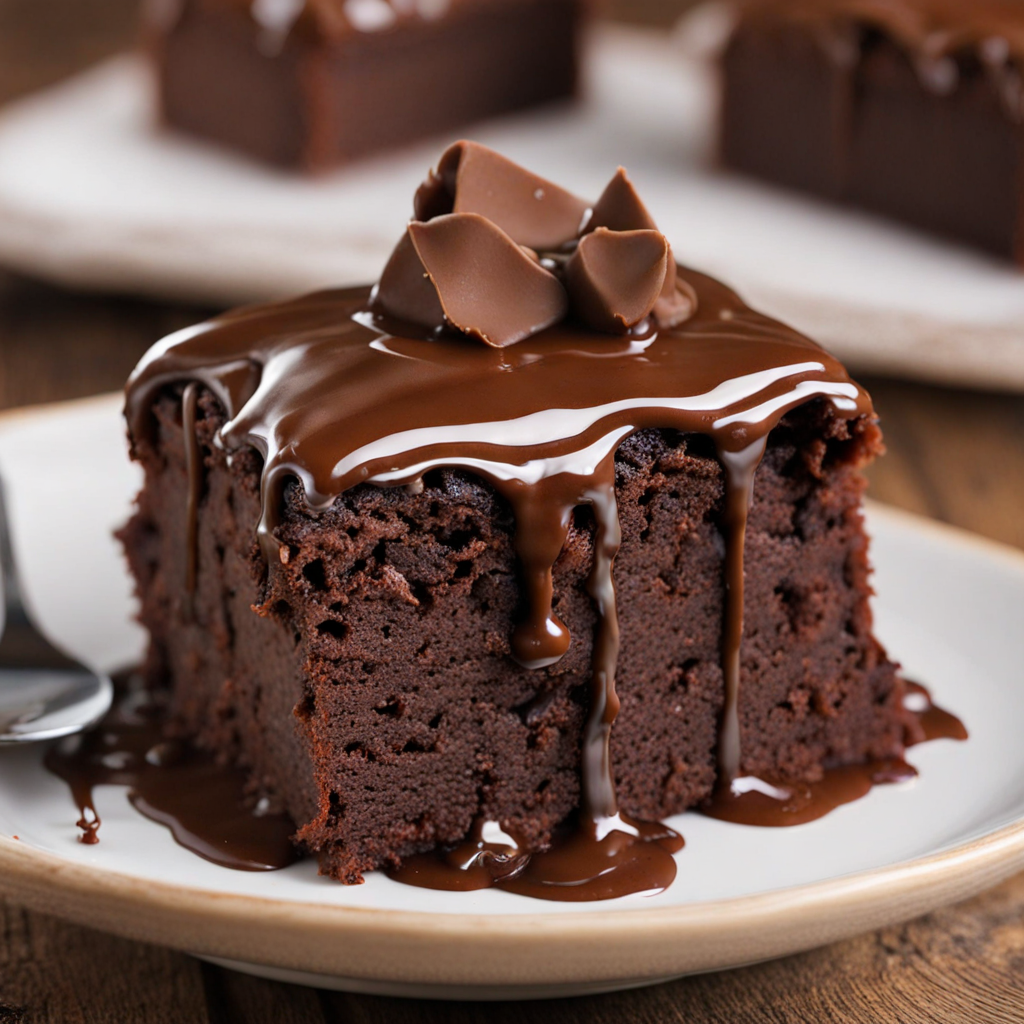Kleinur
Kleinur, a traditional Icelandic pastry, embodies the rich culinary heritage of the island nation. This deep-fried doughnut-like treat is often found in bakeries and homes across Iceland, especially during festive occasions and holidays. The origins of Kleinur can be traced back to the 19th century, influenced by Scandinavian baking traditions. The name "Kleinur" is derived from the Old Norse word "klen," which means “to twist,” referring to the pastry’s characteristic shape. Over the years, Kleinur has evolved into a beloved staple that reflects both the simplicity and ingenuity of Icelandic cuisine. The flavor profile of Kleinur is subtly sweet and mildly spiced, primarily flavored with cardamom, which gives it a warm and aromatic quality. The dough is enriched with milk, sugar, and eggs, creating a tender texture that contrasts beautifully with its crisp exterior. When fried, Kleinur develops a golden-brown crust that encases a soft, fluffy interior. While traditionally served plain, some variations may include a light dusting of powdered sugar or a glaze, adding a touch of sweetness. The delightful aroma that wafts through the air while they fry is a testament to their comforting nature, evoking memories of home-baked treats. Preparation of Kleinur begins with combining key ingredients: flour, baking powder, sugar, cardamom, eggs, milk, and a pinch of salt. The mixture is kneaded until smooth, and then rolled out into a thick
How It Became This Dish
Origin of Kleinur Kleinur, a beloved Icelandic pastry, has its roots deeply embedded in the culinary traditions of Iceland, showcasing the resilience and creativity of the Icelandic people throughout their history. The name "Kleinur" is derived from the Icelandic word for "twist," which aptly describes the pastry's distinct twisted shape. Kleinur is often likened to doughnuts, but it stands out due to its unique preparation and flavor profile. The pastry is made from a sweet yeast dough, flavored with cardamom, which is then twisted into a spiral shape and deep-fried until golden brown. The end result is a soft, slightly chewy treat that is both comforting and indulgent. The origins of Kleinur can be traced back to the 18th century, during a time when Iceland was struggling with harsh weather conditions and limited resources. The island's isolation meant that traditional European baking methods were adapted to suit local ingredients. The introduction of sugar and spices like cardamom, brought by trade, allowed for the development of sweet pastries that could be enjoyed during festive occasions. Kleinur became especially popular among Icelanders as a treat during holidays and family gatherings, signifying a moment of joy and togetherness. Cultural Significance Kleinur holds a special place in Icelandic culture and is often associated with traditional celebrations. It is a staple at events such as Þorrablót, a midwinter festival celebrating the old Norse traditions, where various traditional dishes are served. During this time, families come together to enjoy a variety of foods, and Kleinur is typically present on the table, symbolizing warmth and hospitality. Moreover, Kleinur is not just a seasonal treat; it has found its way into the everyday lives of Icelanders. It is commonly served with coffee, making it a popular choice for gatherings and social events. The pastry’s simplicity and versatility have allowed it to remain relevant throughout the years. Kleinur is often enjoyed during birthdays, anniversaries, and other milestones, reinforcing its role as a comfort food that strengthens social bonds. Development Over Time As Iceland underwent economic and social changes in the 20th century, so too did the Kleinur. The post-World War II era brought about an increase in the availability of ingredients and the modernization of baking techniques. This led to the development of various recipes that incorporated new flavors and methods. While the traditional Kleinur remains popular, modern variations have emerged, introducing ingredients such as chocolate, vanilla, and even fruit fillings. The rise of tourism in Iceland has also played a significant role in the evolution of Kleinur. With an influx of visitors eager to experience authentic Icelandic cuisine, many bakeries and cafés began to showcase Kleinur, promoting it as a quintessential Icelandic treat. Local chefs have experimented with the pastry, leading to innovative presentations and new flavor combinations that appeal to a broader audience. Contemporary Kleinur In contemporary Iceland, Kleinur is often found in bakeries, coffee shops, and restaurants across the country. It is enjoyed by both locals and tourists alike, reflecting its enduring popularity. The rise of social media has also contributed to the pastry's fame, with food bloggers and influencers showcasing their own versions of Kleinur, often adorned with colorful glazes or sprinkles, making it visually appealing in addition to being delicious. Furthermore, the appreciation for traditional foods has spurred a revival in the craftsmanship of Kleinur making. Bakers are now more committed to preserving the traditional methods while also embracing innovation. Workshops and classes are frequently held to teach the art of making Kleinur, ensuring that the skill is passed down to future generations. This resurgence in interest highlights the importance of culinary heritage in Iceland and fosters a sense of pride among those who partake in the tradition. Kleinur and Globalization As globalization continues to influence culinary practices worldwide, Kleinur has also found its way into international cuisine. The pastry has been embraced by Icelandic communities abroad, particularly in North America and Europe, where it is often served at cultural events and festivals celebrating Icelandic heritage. The popularity of Kleinur among diaspora communities has helped to raise awareness of Icelandic culinary traditions, bridging cultural gaps and fostering connections among Icelanders living abroad. Moreover, the international culinary scene has seen a growing interest in Nordic cuisine, with Kleinur being featured on menus as chefs explore the intersection of traditional and contemporary flavors. This has not only introduced Kleinur to a wider audience but has also prompted discussions about the significance of preserving culinary traditions in an ever-evolving food landscape. Conclusion: The Future of Kleinur Looking ahead, the future of Kleinur seems bright, as it continues to adapt and evolve while maintaining its traditional roots. The ongoing interest in artisanal baking and local ingredients presents opportunities for Kleinur to thrive in the modern culinary world. As more people seek authentic experiences and flavors, Kleinur stands poised to remain a cherished symbol of Iceland's rich culinary heritage. In a world that is constantly changing, Kleinur represents a connection to the past, a celebration of community, and a testament to Iceland's enduring spirit. Whether enjoyed at a family gathering, a festive celebration, or a quiet moment with coffee, Kleinur encapsulates the essence of what it means to share food and forge connections across generations.
You may like
Discover local flavors from Iceland







